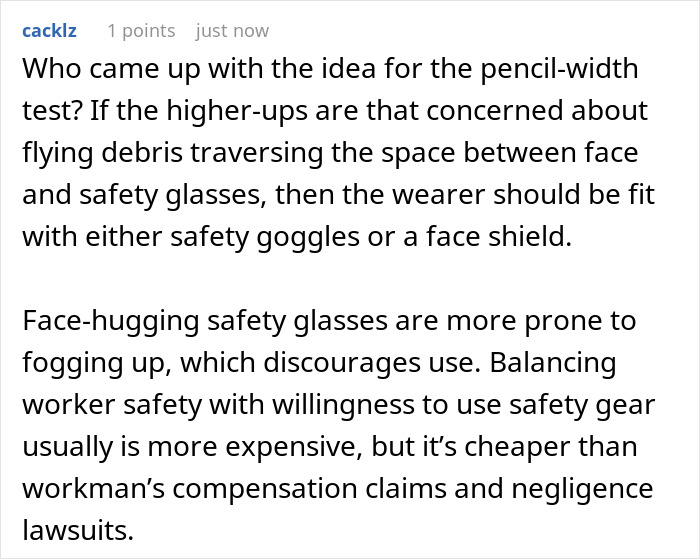Employee recognition might sound like a difficult, vague term, but it’s really not. Just consistently acknowledge and appreciate your staff’s effort and contributions and you will create a positive and motivating atmosphere.
However, for Reddit user Safe-Sorbet8327‘s bosses, the concept is sometimes too hard to grasp. In a post on the subreddit r/MaliciousCompliance, he explained that when a new safety glasses policy was implemented, despite his efforts to find the right solution, management insisted on doing things their way.
This led to all sorts of headaches, but the worker ultimately found a creative way to point out their misjudgment.
Sometimes, management asks employees for their input, only to disregard it completely when the time comes to make the decisions

Image credits: puhimec / Envato (not the actual photo)
But in this case, it cost them quite a bit
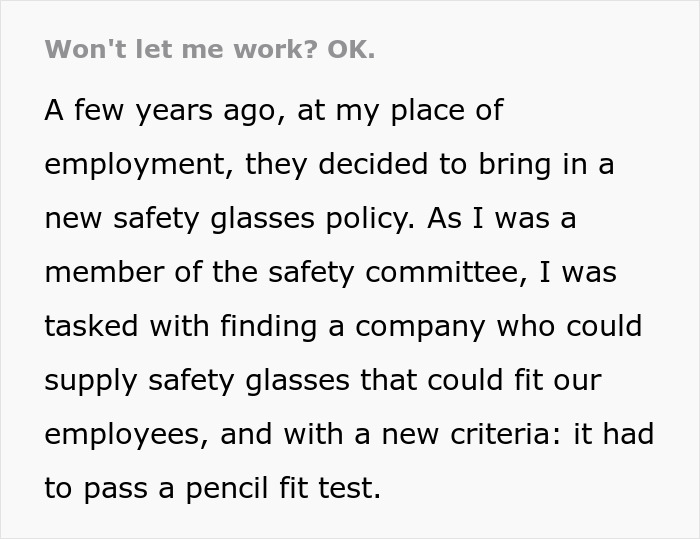
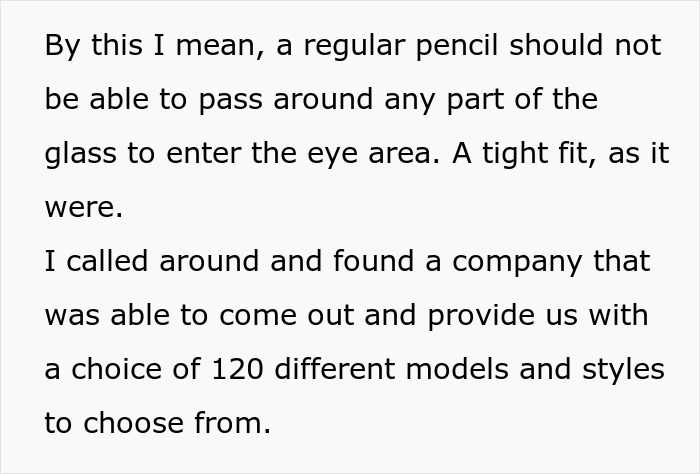

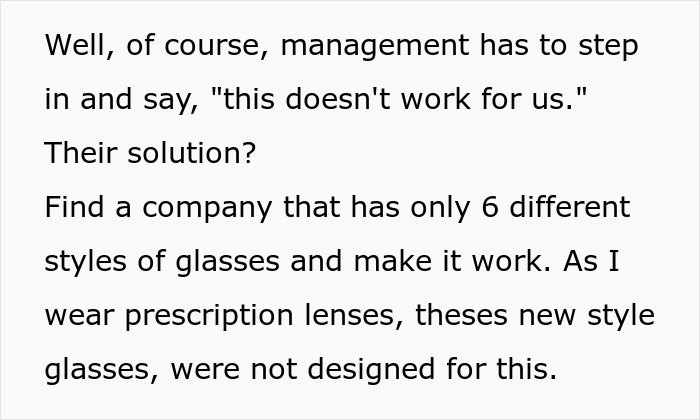



Image credits: Iakobchuk / Envato (not the actual photo)
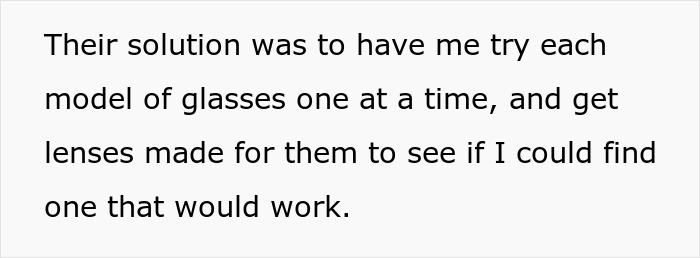

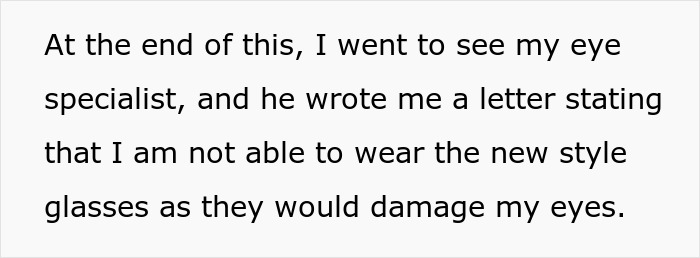

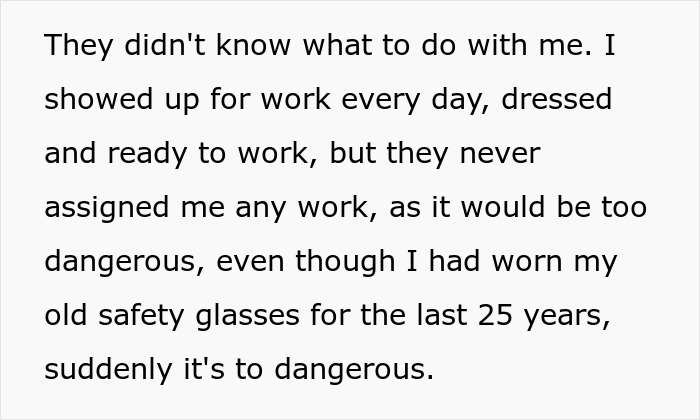

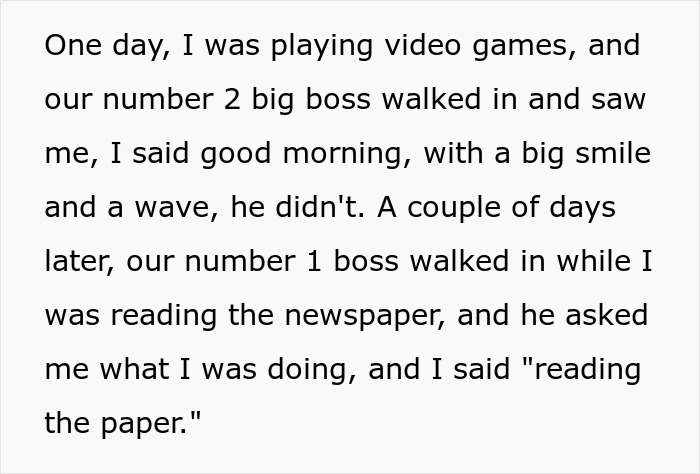

Image credits: kckate16 / Envato (not the actual photo)
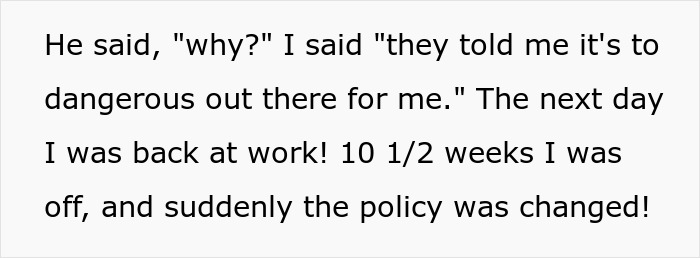
Image credits: Safe-Sorbet8327
Good intentions aren’t enough to steer a company

Image credits: Pixabay / Pexels (not the actual photo)
Judging from the post, the managers didn’t have a clear picture of how to implement the new policy. “Without a sensible vision, a transformation effort can easily dissolve into a list of confusing and incompatible projects that can take the organization in the wrong direction or nowhere at all,” award-winning business and management expert and author of Leading Change John P. Kotter says.
“Without a sound vision, the reengineering project in the accounting department, the new 360-degree performance appraisal from the human resources department, the plant’s quality program, [and] the cultural change project in the sales force will not add up in a meaningful way,” Kotter adds.
When chaos ensues, especially with large-scale organizational change, employees often start feeling like they’re at the mercy of forces beyond their control.
“By giving your people as many choices as possible during the change, you can reduce their fear and discomfort and increase the chances of engagement and buy-in,” says Erika Andersen, the founding partner of Proteus International, a coaching, consulting, and training firm that focuses on leader readiness.

Image credits: TruckRun / Pexels (not the actual photo)
Working together and incorporating employee feedback from the start would have been the correct approach, but it seems that the bosses at the Redditor’s company were less concerned about ensuring that the new safety glasses policy was practical and more obsessed with imposing their own arbitrary rules.
“Your people need consistent support throughout any change that affects them directly. Too often, leaders try to talk people out of what they’re feeling or even just ignore it — assuming they’ll eventually ‘get with the program,'” Andersen, author of Change from the Inside Out: Making You, Your Team, and Your Organization Change-Capable, adds.
However, similar problems appear to be plaguing most companies. In fact, 7 in 10 U.S. workers reported disruptive change within their organization in the last year, according to a nationally representative Gallup survey of 18,665 employees.
These things don’t come without consequence; employees who report experiencing disruptive change are less engaged and less connected to their organization’s culture. Furthermore, they are also more likely to be burnt out and to leave their employer altogether.
People who read the story were totally behind the employee for standing up to management







